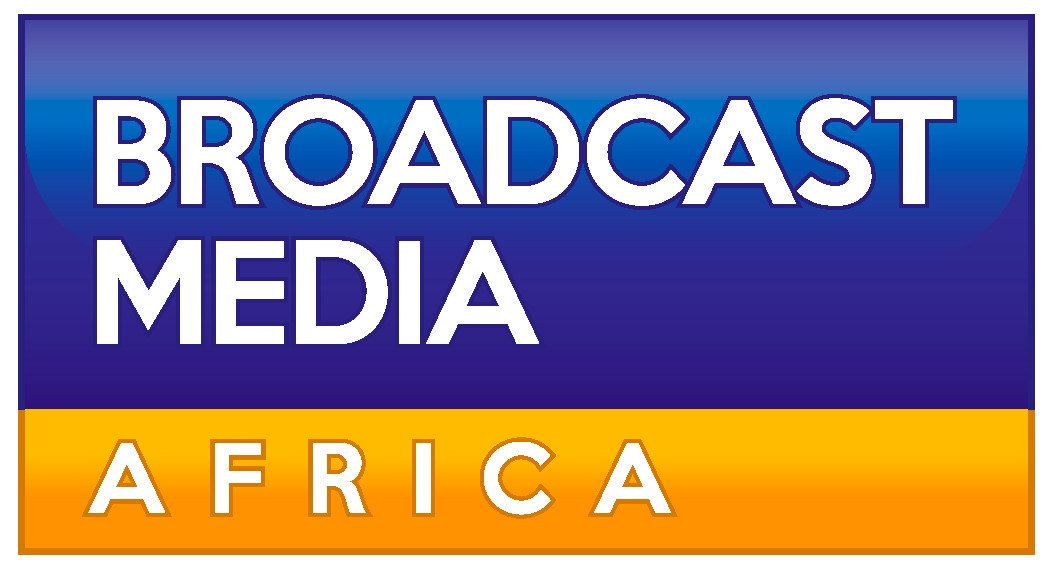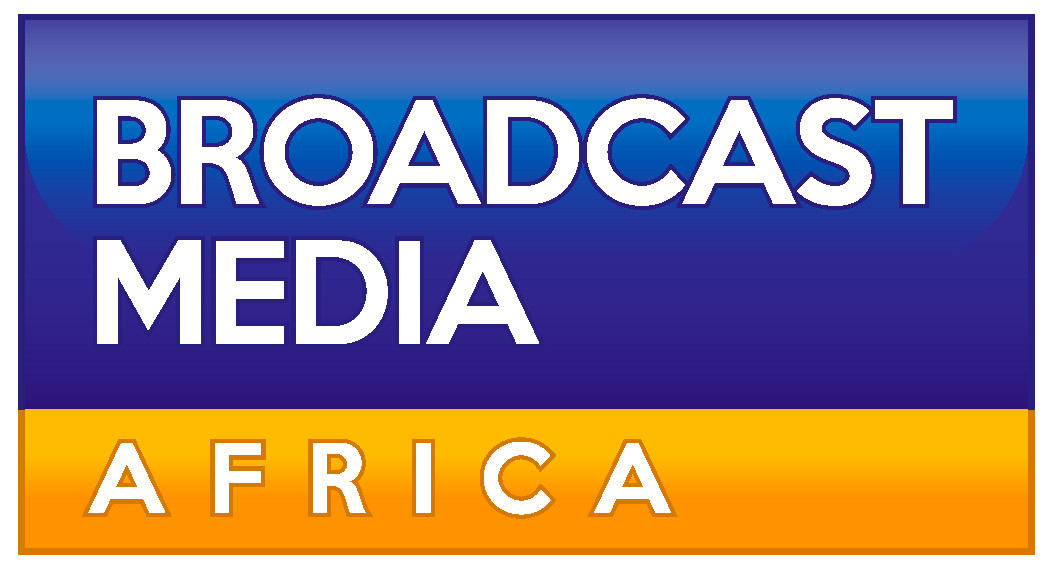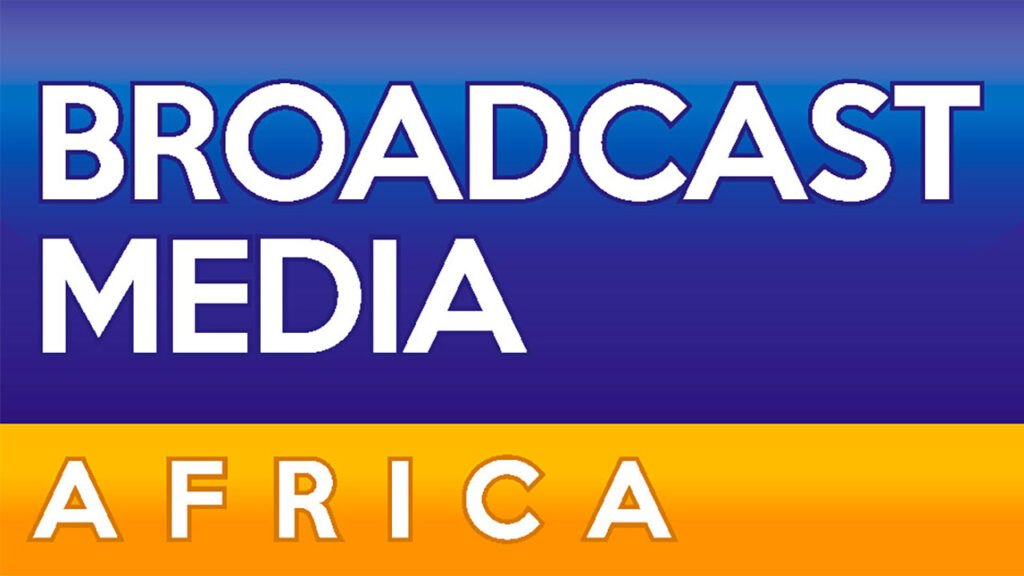

In South Africa, Khusela Diko, chairperson of Parliament’s Portfolio Committee on Communications, urged the government to consider the potential “de-establishment” of Broadband Infraco and transfer its assets to Sentech. This call comes in light of the Department of Communications and Digital Technologies presentation regarding the proposed State Digital Infrastructure Company (SDIC).
The idea of creating the SDIC has been around for over three years, initially announced by former Communications Minister Stella Ndabeni-Abrahams. The original plan involved merging Broadband Infraco’s network with Sentech, the state-owned signal distributor. However, department representatives noted significant practical challenges associated with this merger during a recent committee meeting.
Following a legal evaluation from the Office of the State Law Advisor, the department concluded that the most effective method to achieve the merger would be for Sentech to acquire Broadband Infraco. A critical aspect of this acquisition is ensuring both entities meet specific solvency and liquidity standards.
However, Sentech’s due diligence raised concerns that the acquisition could impose severe financial burdens on both organisations, potentially leading to inefficiencies and risking service delivery. The department revealed that Infraco was technically insolvent as of the first quarter of the fiscal year, with a liquidity ratio below 1, indicating its assets do not sufficiently cover long-term liabilities and current obligations.
Moreover, the department highlighted the increasing degradation of fibre network infrastructure due to insufficient maintenance, which threatens future revenue generation. Infraco also needs more capital to realise its growth strategy, which is crucial for positive cash flow in the foreseeable future.
In response to these developments, the Parliamentary Portfolio Committee expressed scepticism about the merger that would create the SDIC. Diko noted that while the committee acknowledges the need to streamline state-owned companies in telecommunications, the department has yet to provide a compelling business case for the SDIC’s future profitability.
Diko also pointed out the lack of clarity regarding consolidating all state digital infrastructure assets, such as those owned by Eskom, Transnet, Sanral, and Prasa, into the proposed SDIC. She argued that neglecting this consolidation would result in a fragmented and unsustainable approach to utilising existing state infrastructure investments, specifically expanding fibre access to underserved regions.
Consequently, Diko emphasised the department’s need to explore alternatives for establishing the SDIC. She urged officials to clarify how Infraco’s financial situation might improve without relying on funds specifically allocated for the country’s fibre rollout as part of the SA Connect project.
To foster a more strategic vision, Diko suggested the government contemplate the de-establishment of Broadband Infraco and the transfer of its assets to Sentech, positioning Sentech as a leader in South Africa’s digital infrastructure sector. Furthermore, she called on the Independent Communication Authority of South Africa to expedite its market inquiry into the current state of the ICT market and assess whether establishing the SDIC remains necessary, given recent market shifts.
“It is vital that we have a process to better understand the market landscape and determine the extent of government intervention still warranted,” Diko concluded.










